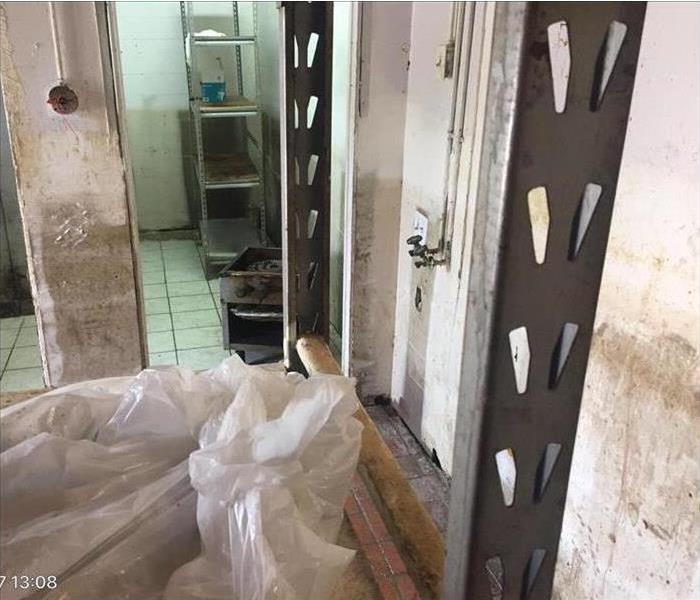Basics of the Flood Cleanup Process
9/11/2018 (Permalink)
When your home is flooded, you may not know where to start the flood clean process. The EPA has several cleaning requirements for ensuring that your home in Ooltewah, TN, returns to a habitable state after a flood. When flood mitigation experts have removed excess water, they start the sanitation process. Your home is not clean until all the parts of this process are complete.
Item Assessment
Technicians may need to remove items from your home that have been damaged or destroyed by the flood. Anything in your house is subject to removal:
- Furniture
- Clothing
- Draperies
- Electronics
- Documents
- Books
The professionals will assess the items and decide if they can be set aside for cleaning or if they just need to be thrown away. All items that can be salvaged must be clean before they are placed back in your home.
Material Removal
If the flooding was extensive, cleaning requirements may dictate that part of the structure of your home be removed. Ceilings that have flood damage may be taken out, especially if they cover damp insulation. Even part of your walls or floors may have to be replaced. Those doing the repairs are likely to remove these materials before they attempt to disinfect anything.
Home Sanitation
To combat the germs that are undoubtedly present in flood water, everything that remains has to be sanitized. Every surface that is damaged by the flood must be cleaned with flood disinfectant. The appropriate protective equipment, such as goggles, face masks, respirators and gloves, should be worn. Try to avoid mixing different cleaners, as they may contain chemicals that release toxic fumes when combined. Sanitation is not complete until every surface has been cleaned and dried.
Cleanup is not always a quick process, but you want to make sure it is a thorough one. Following these cleaning requirements ensures that your home is safe once restoration is complete.






 24/7 Emergency Service
24/7 Emergency Service
